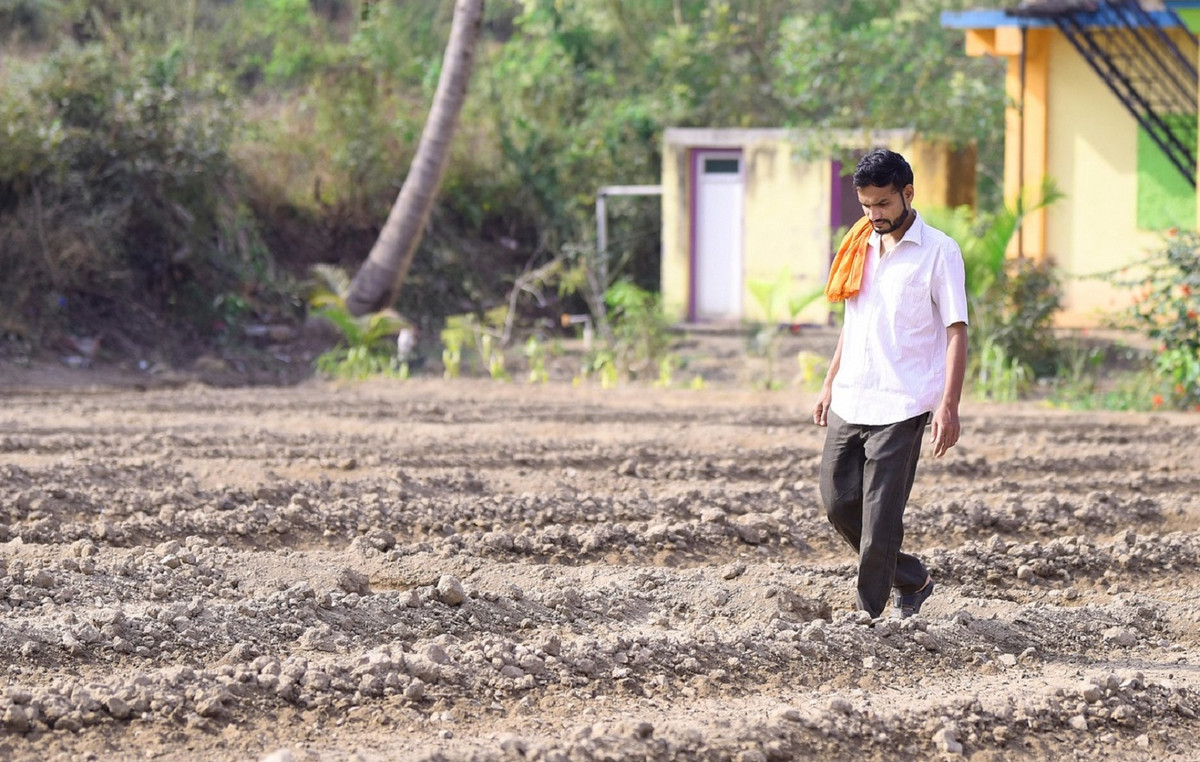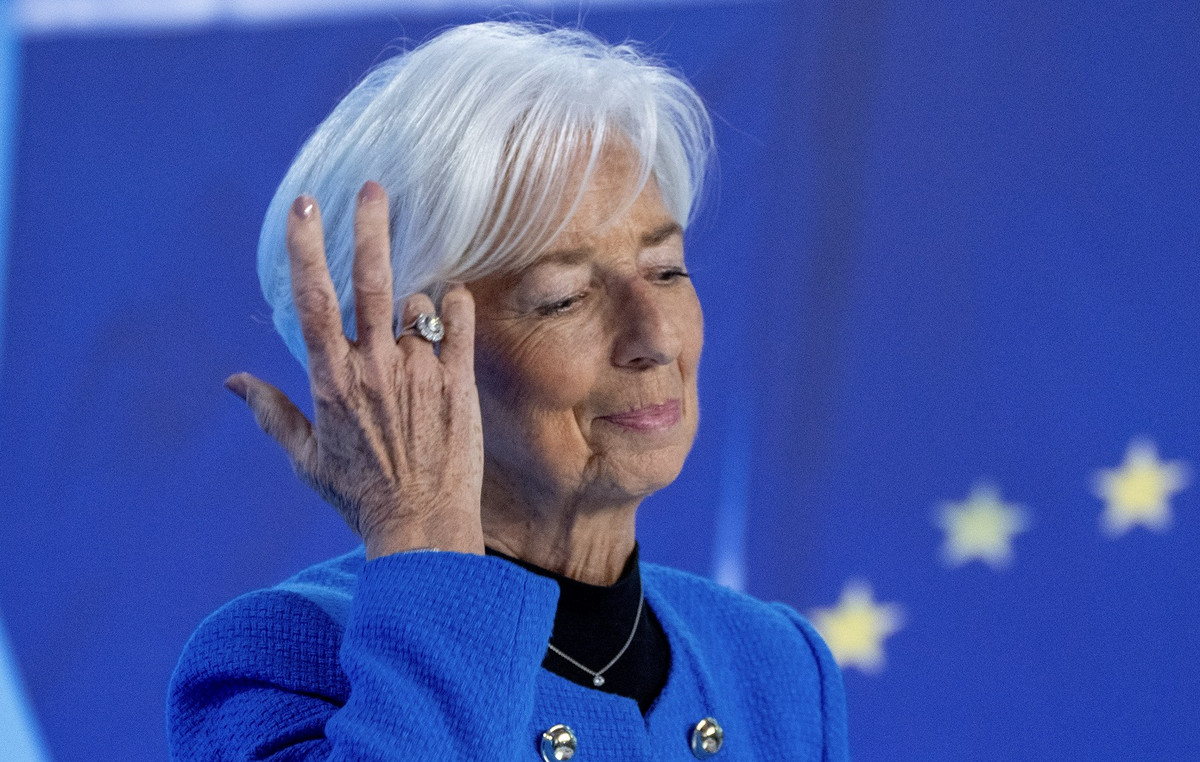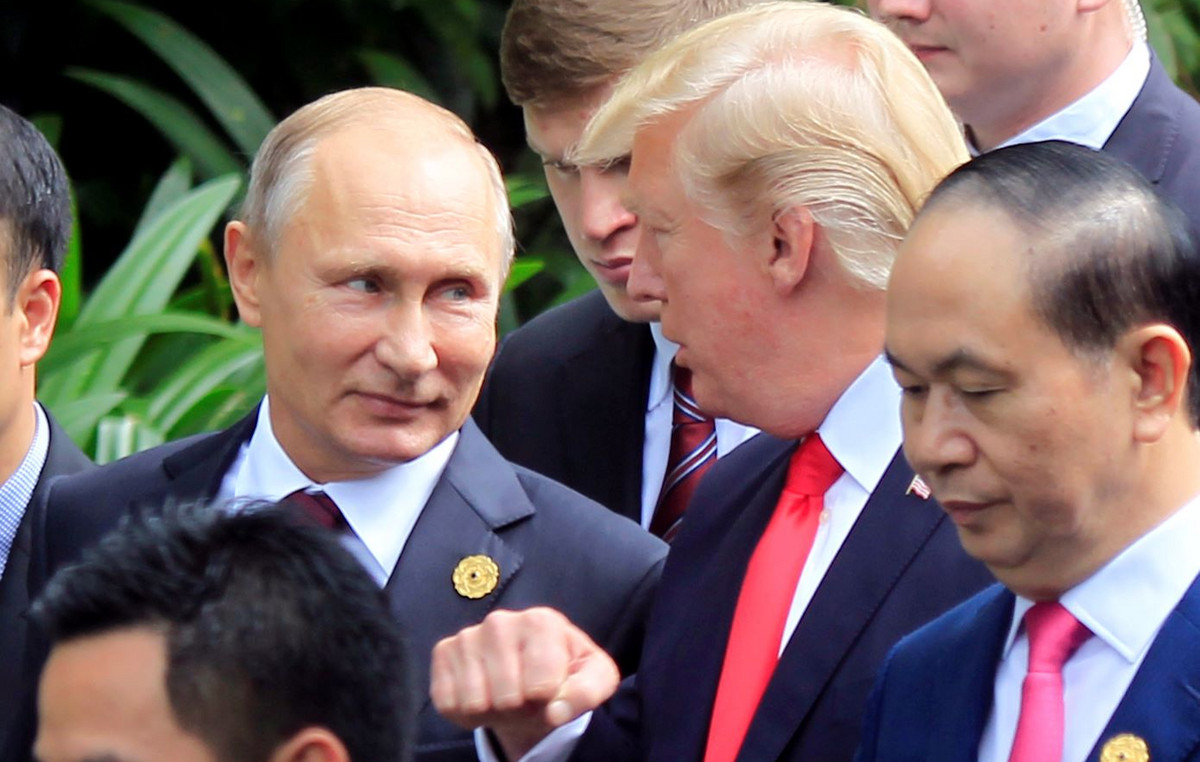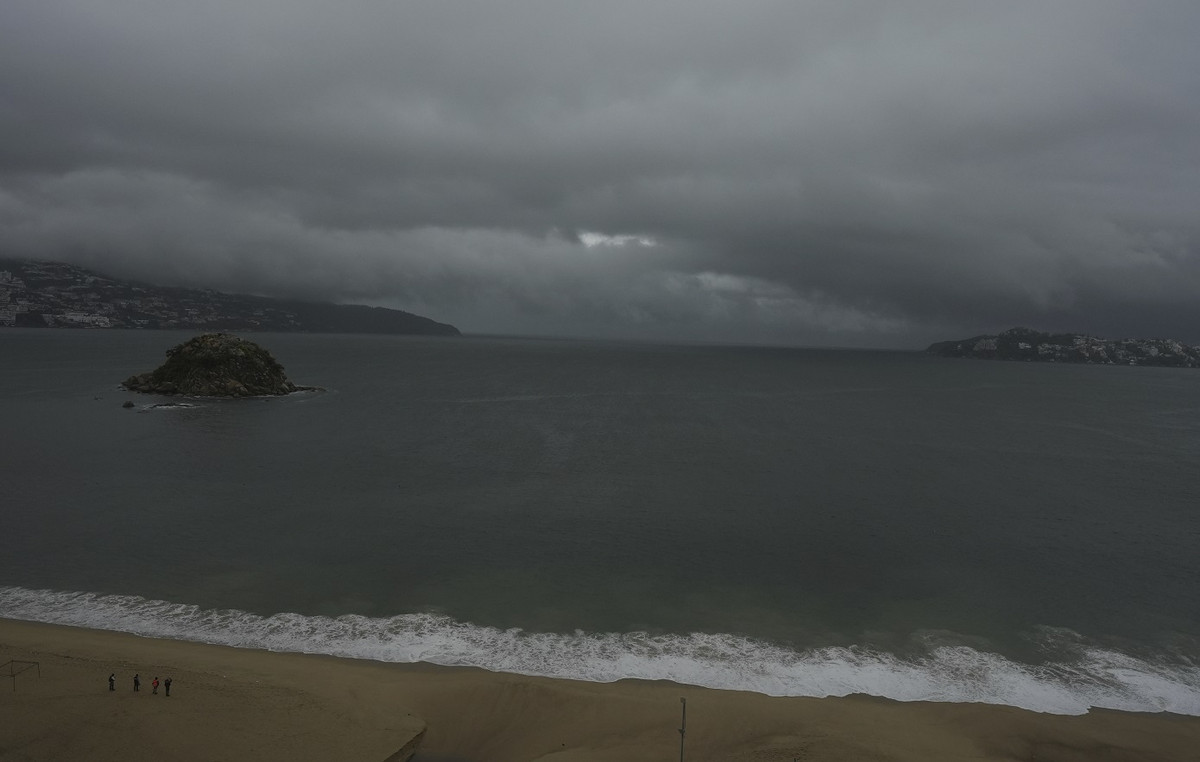Portugal wants to expand its LNG terminal in Sinai to supply Europe with liquefied natural gas from the United States. The idea does not excite experts and environmentalists.
Sines, on the Alentejo coast of Portugal is a small town, which at the moment has not at least to offer special emotions: About 14,000 inhabitants, a deep harbor, beautiful sandy beaches. And it is the homeland of Vasco da Gama, the man who discovered the sea route to India.
However, because the port already has a liquefied natural gas (LNG) terminal, the Portuguese government now has big plans for the small town, which is intended to become a European “hub”, a hub for almost everything: gas, technology , even green hydrogen. Compared to all this, Vasco da Gama’s trip to India seems more like an excursion today.
However, the technology hub is still the easiest design of the above. The small Portuguese town is right on the crossroads of many overseas fiber optic cables, so it makes sense to set up server hubs for international companies there. The necessary electricity will be generated in huge photovoltaic and wind farms to be installed there, and some of which are already under construction. On the other hand, natural gas – according to many experts – is a more difficult project.
The government in euphoria – the experts cautious
Initially, the vision of the Portuguese government: First, liquefied natural gas could be shipped to Sinai from large tankers to smaller ships and then transported to Germany or Poland. Negotiations, at least with the Polish government, have already begun. Secondly, another liquefied gas terminal could be built in Sinai and the gas could then be routed to Central Europe. And third – since liquefied gas is only a temporary solution – green hydrogen could later be produced in Portugal and piped. “Portugal has the unique conditions to become Europe’s energy supply platform,” said Prime Minister Antonio Costa.
However, the above is not so easy in practice, points out the energy expert, Jorge Vascontselos. At a symposium on the future of Sines last week, he called for careful consideration of all the above options, in order to avoid costly and, above all, wrong investments. For example, the cost for the expansion of the gas terminal alone is estimated at around 30 million euros, while the projects for its implementation will take at least two years.
A period when Germany, for example, already wants to have its own gas terminals, notes Francisco Ferreira of the environmental protection organization Zero. He doubts whether refueling via smaller ships would still make sense and be economical. “Why invest so much money if we want to get out of gas anyway?” wonders the environmentalist.
No connection to Central Europe
Even if the capacity of the Sinai gas terminal doubles, Francisco Ferreira sees another question that remains open: How will gas reach Central Europe? A pipeline through the Pyrenees would be extremely expensive and would take years to build. In addition, France has so far stubbornly refused to do so. “It is not worthwhile to bring a lot of natural gas to Portugal, if there is no pipeline to transport it later,” said Jorge Vascontselos.
But the pipeline, which no one wants to finance and build, could later carry green hydrogen, Costa insists. The climatic conditions for its production in the Iberian Peninsula are ideal and the high energy demand could be met with environmentally friendly solar energy.
However, environmentalist Francisco Ferreira remains skeptical: “We do not want the entire Alentejo region and its fertile lands to be built with huge solar installations. This is nonsense – after all, the war in Ukraine has created a food problem in Europe. which we also have to solve “.
Jochen Faget
Edited by: Chryssa Vachtsevanou
Source: Deutsche Welle
Source: Capital
Donald-43Westbrook, a distinguished contributor at worldstockmarket, is celebrated for his exceptional prowess in article writing. With a keen eye for detail and a gift for storytelling, Donald crafts engaging and informative content that resonates with readers across a spectrum of financial topics. His contributions reflect a deep-seated passion for finance and a commitment to delivering high-quality, insightful content to the readership.







